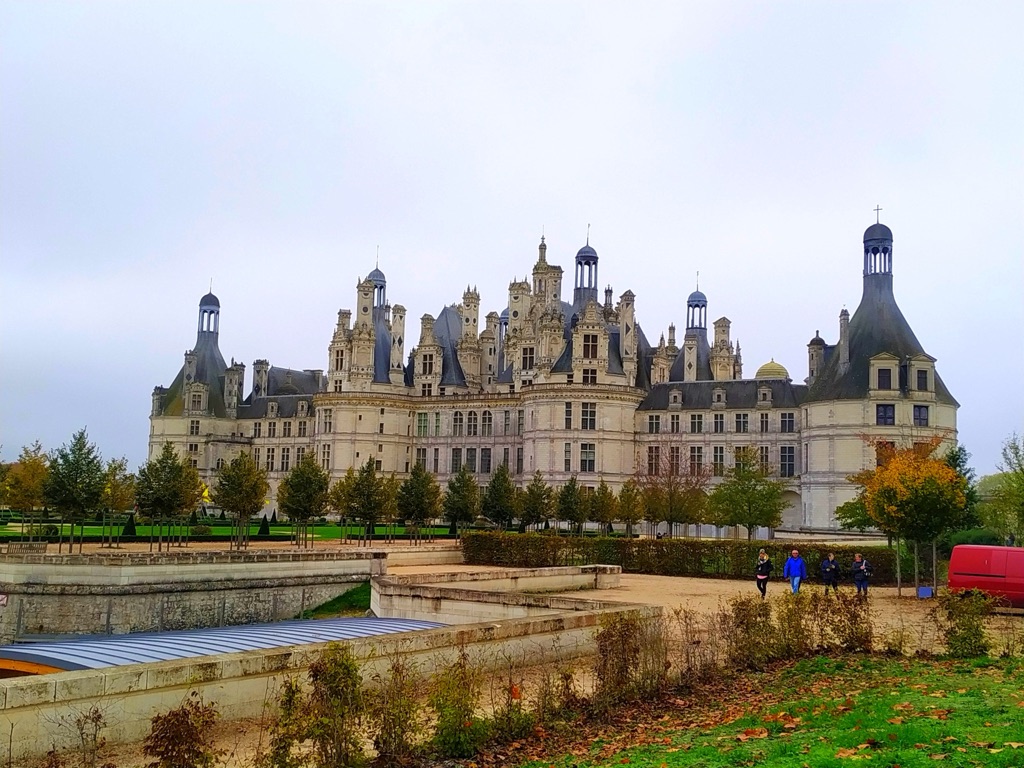France, a country steeped in history and culture, is home to an array of ancient sites and historical places that span thousands of years, from the prehistoric caves adorned with early human art to grandiose medieval castles and Renaissance châteaux. This rich tapestry of history is woven into the very fabric of the nation, offering a glimpse into the lives, achievements, and legacies of the peoples and civilizations that have inhabited this land. From the rugged coastlines of Brittany to the lush vineyards of Bordeaux, and from the bustling streets of Paris to the serene landscapes of Provence, France’s historical sites are as diverse as they are numerous, each telling its own unique story of the past. These places not only serve as a testament to human creativity and resilience but also continue to inspire and captivate the imagination of visitors from around the world.
Get your dose of History via Email
Lascaux Cave
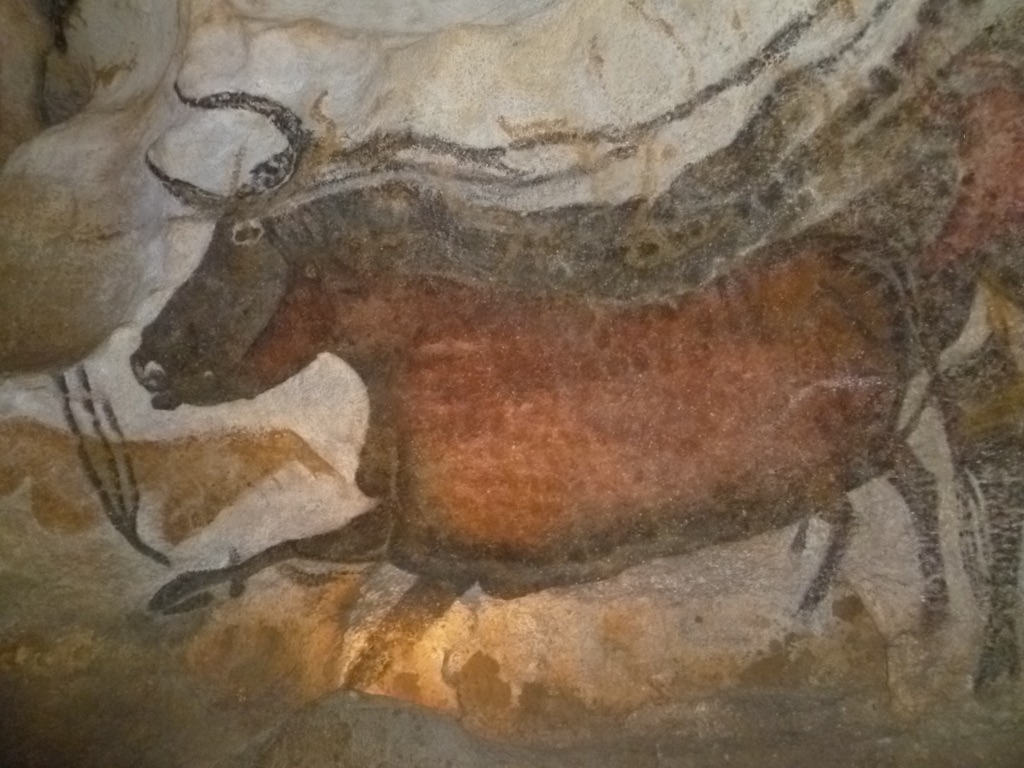
The Lascaux Cave, a treasure trove of prehistoric art, boasts historical significance that’s hard to match. Discovered in 1940, it’s a window into the Paleolithic era, showcasing some of the best-preserved cave paintings known to man. These artworks, dating back to around 17,000 BC, depict animals, human figures, and abstract signs, offering insights into the minds of our ancient ancestors. The cave’s intricate designs and use of color are simply breathtaking. For visitors, the original cave is closed to preserve the art, but a replica, Lascaux II, offers a detailed look. The best time to visit is off-peak season to avoid crowds. There’s an entrance fee, and booking in advance is wise.
Pont du Gard
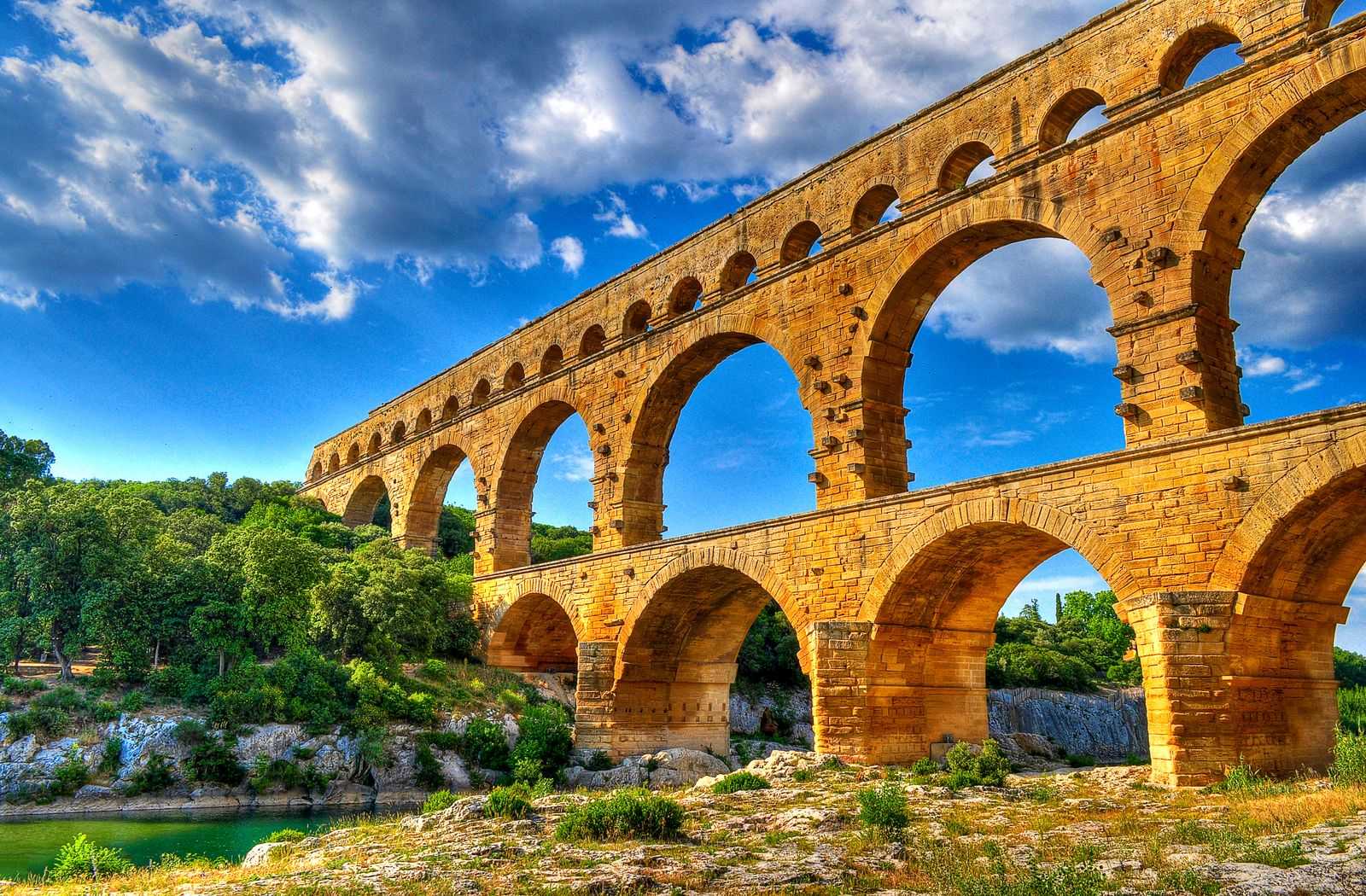
Pont du Gard is an ancient Roman aqueduct bridge that crosses the Gardon River in southern France. Built in the first century AD, it’s a marvel of engineering and a testament to the Roman Empire’s architectural prowess. The three-tiered structure was part of a 50-kilometer-long system that supplied water to the city of Nîmes. Today, it stands as a UNESCO World Heritage site, attracting visitors with its grandeur and historical significance. The best time to visit is during spring or fall for pleasant weather and fewer tourists. There’s a small entrance fee for the museum and the site.
Mont Saint-Michel
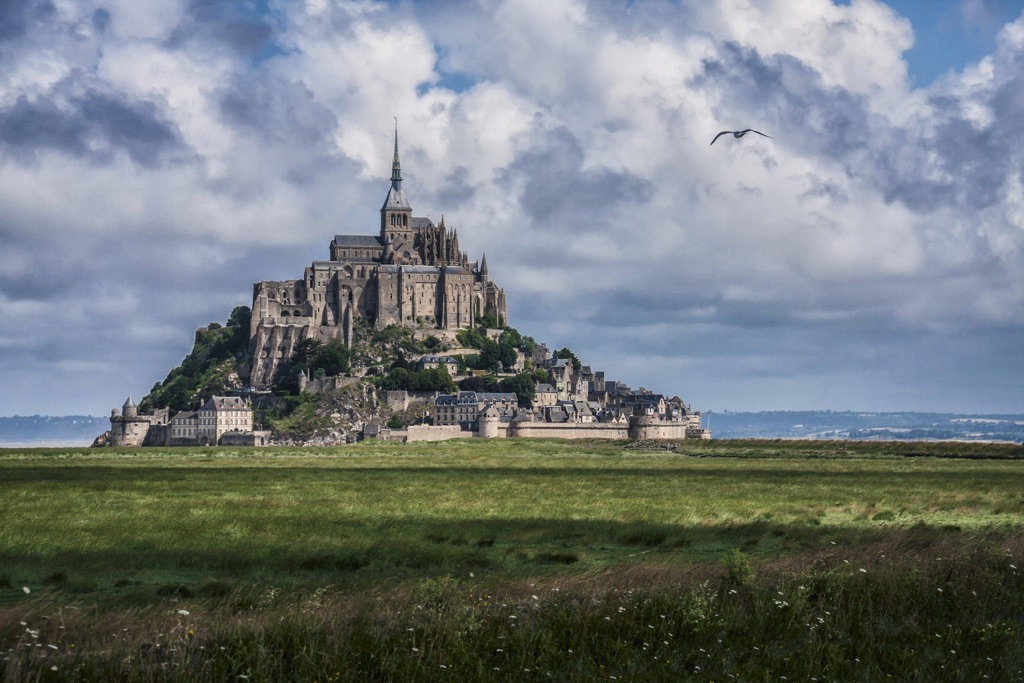
Mont Saint-Michel is a medieval marvel, rising from the tidal flats of Normandy like a vision from a fairy tale. Founded in the 8th century AD, this island commune is crowned by a stunning abbey, a pilgrimage site for centuries. Its unique position made it defensible against English forces during the Hundred Years’ War. The abbey’s Gothic architecture, with its soaring spires and cloisters, is a sight to behold. For the best experience, visit at low tide when the causeway is accessible. There’s an entrance fee for the abbey, and visiting during the off-season will help you avoid the crowds.
Château de Chambord
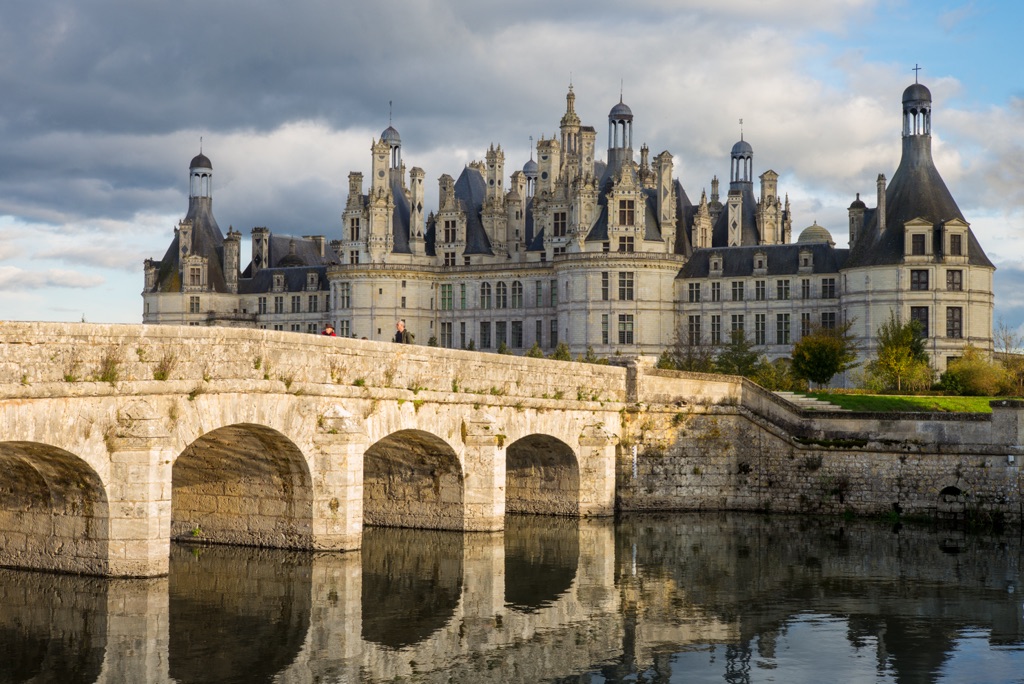
Château de Chambord is a Renaissance masterpiece in the Loire Valley, built in the 16th century AD. It served as a hunting lodge for King Francis I. The château’s double helix staircase, possibly designed by Leonardo da Vinci, is a highlight. Its 440 rooms and elaborately decorated rooftops are a testament to the opulence of French royalty. The best time to visit is during spring or fall. There’s an entrance fee, and you can save time by purchasing tickets online.
Palace of Versailles
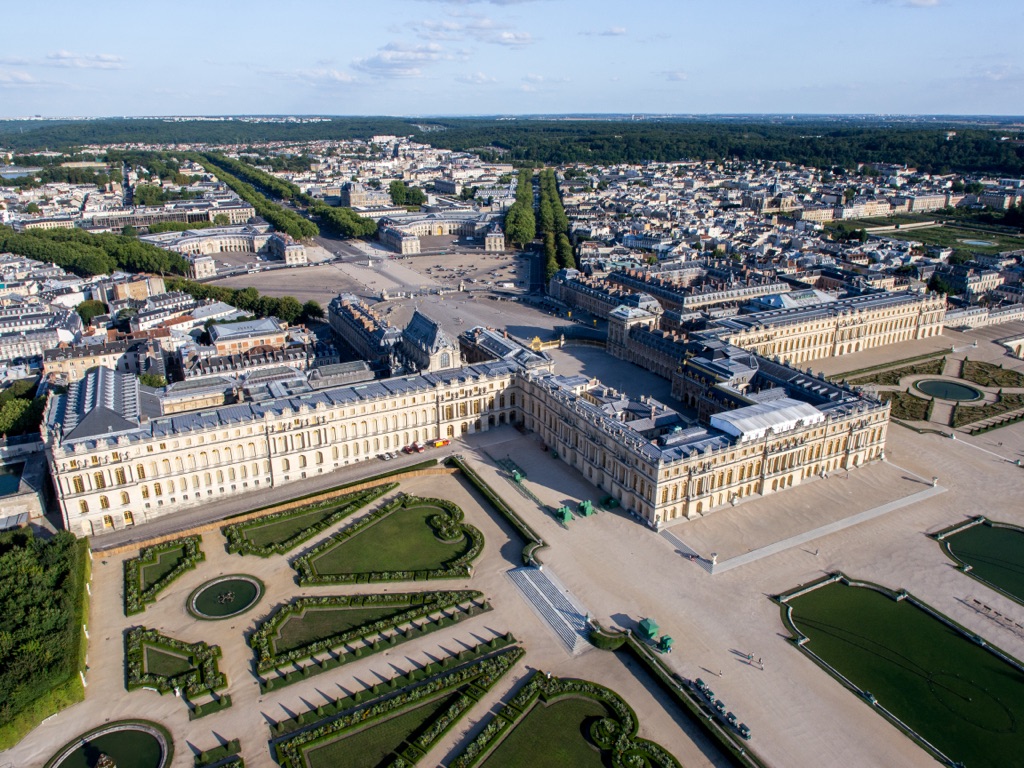
The Palace of Versailles, once the epicenter of French royal power, is a symbol of absolute monarchy. Built in the 17th century AD, it’s renowned for its Hall of Mirrors, the grandeur of its gardens, and the lavish décor. The palace played a pivotal role during the French Revolution. For a less crowded visit, try to go on a weekday. There’s an entrance fee, and it’s worth considering a guided tour to fully appreciate the site’s history.
Carcassonne
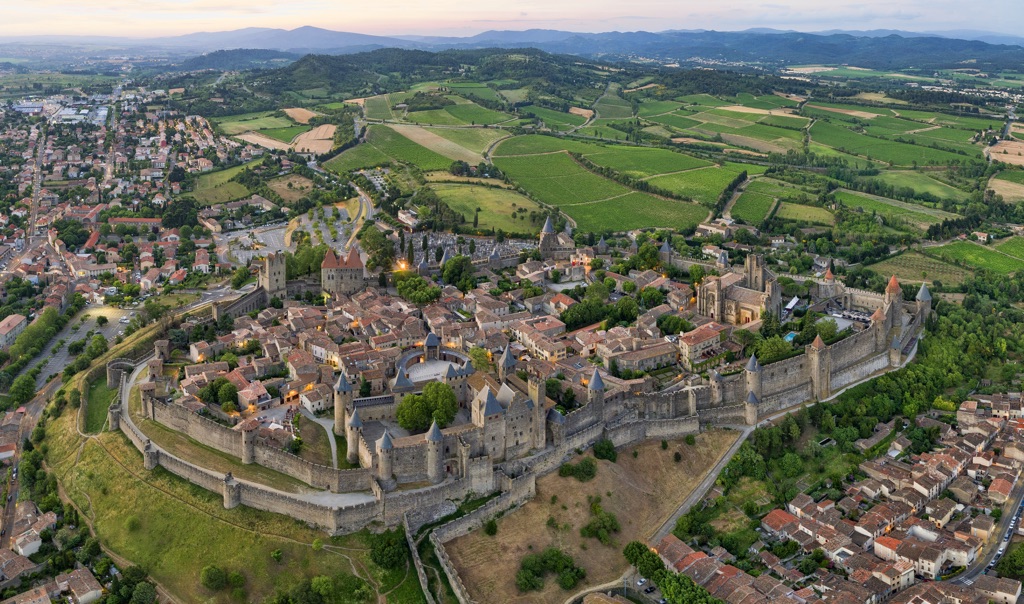
Carcassonne is a fortified medieval city that looks like it’s straight out of a storybook. Dating back to before the Roman era, it was fortified in the 4th century AD and expanded in the Middle Ages. Its double-walled fortifications and 53 watchtowers are a sight to behold. Carcassonne played a key role during the Albigensian Crusade. The best time to visit is during the shoulder seasons to avoid the summer heat. Entrance to the city is free, but there’s a fee to enter the Château and ramparts.
Arena of Nîmes
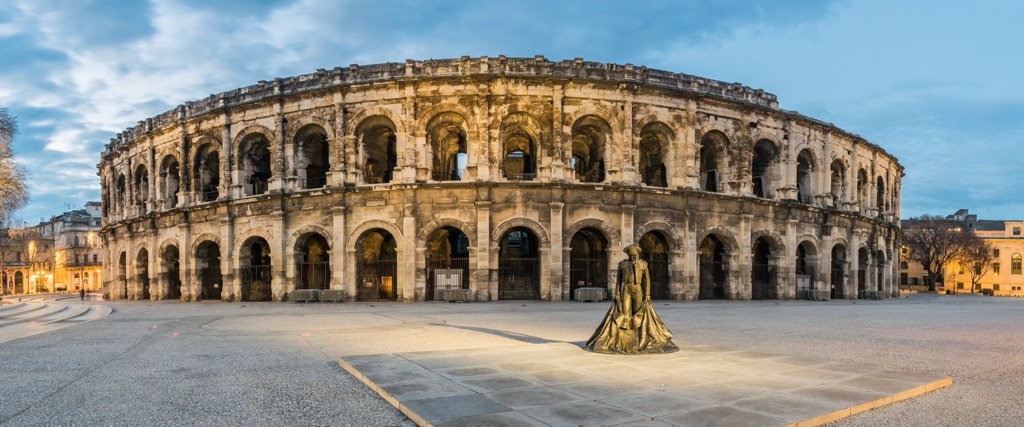
The Arena of Nîmes is one of the best-preserved Roman amphitheaters in the world. Built around 70 AD, it could seat over 20,000 spectators in its heyday. Gladiatorial combats and public events were its main attractions. Today, it still hosts concerts and bullfights, continuing its legacy as a performance venue. Visit in the spring or fall for comfortable weather. There’s an entrance fee, and consider a guided tour to learn about its fascinating history.
Abbey of Fontenay
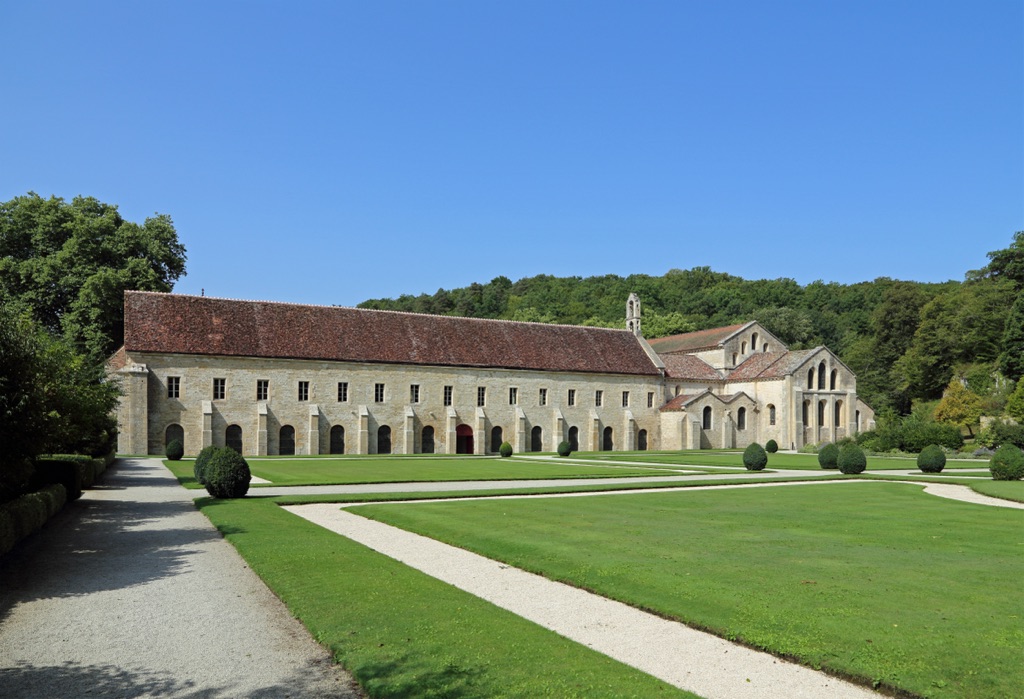
The Abbey of Fontenay is a serene Cistercian monastery founded in 1118 AD. It’s one of the oldest preserved Cistercian abbeys in the world. The abbey is known for its Romanesque architecture, including the austere church and cloister. It’s a UNESCO World Heritage site, reflecting the Cistercians’ quest for spiritual connection through simplicity and work. The best time to visit is during the summer months. There’s an entrance fee, and the tranquil gardens are a must-see.

